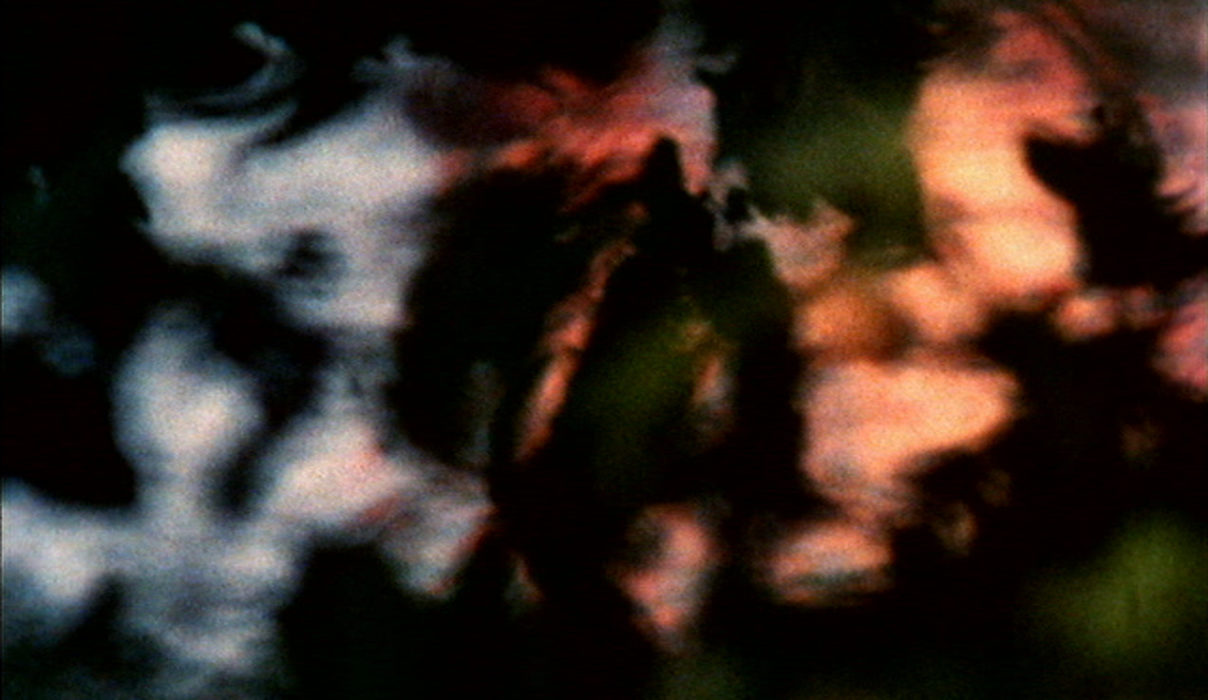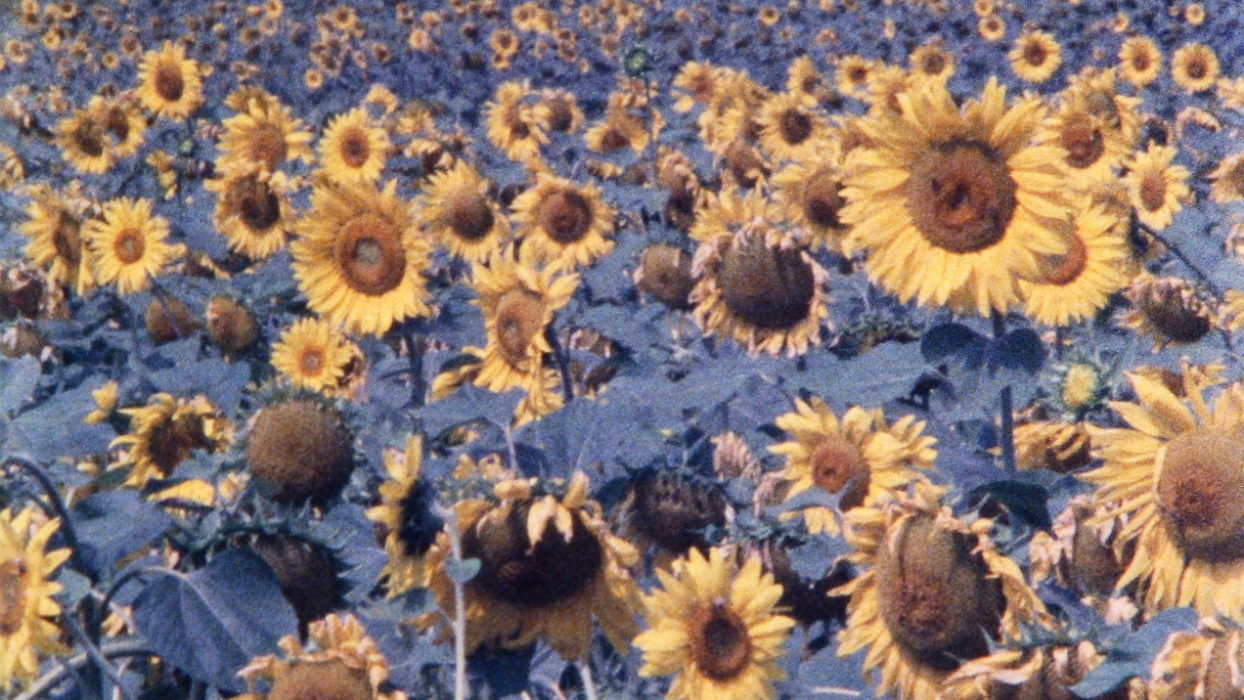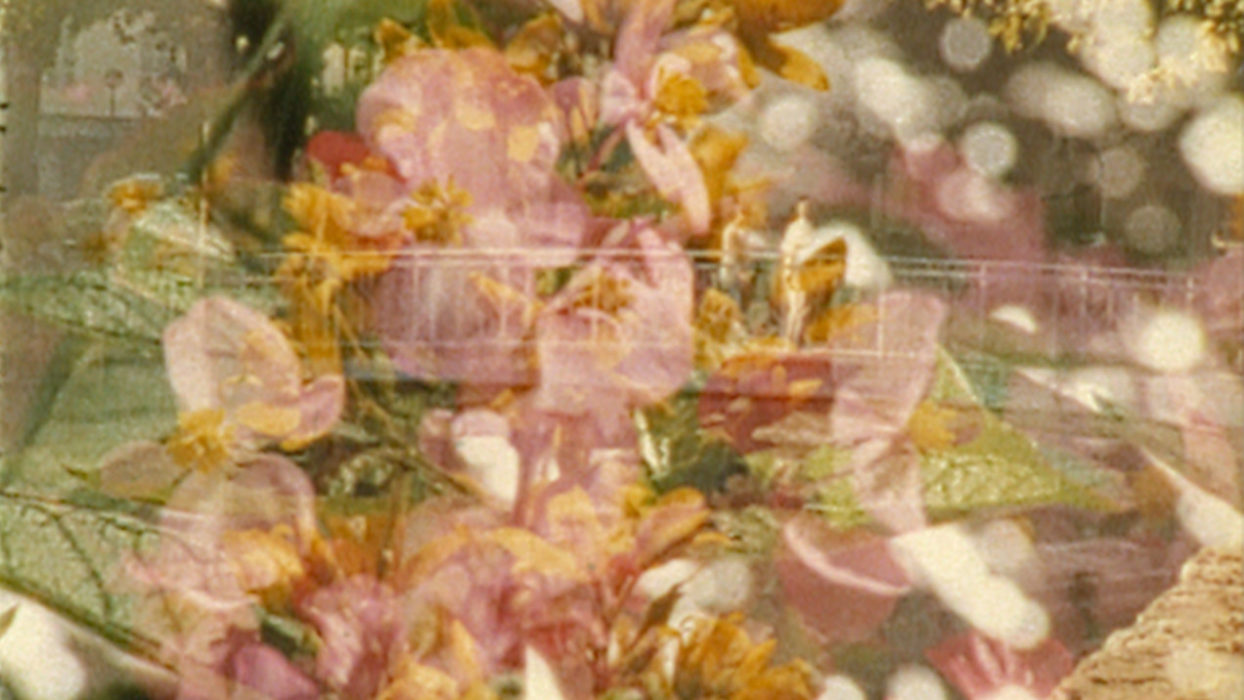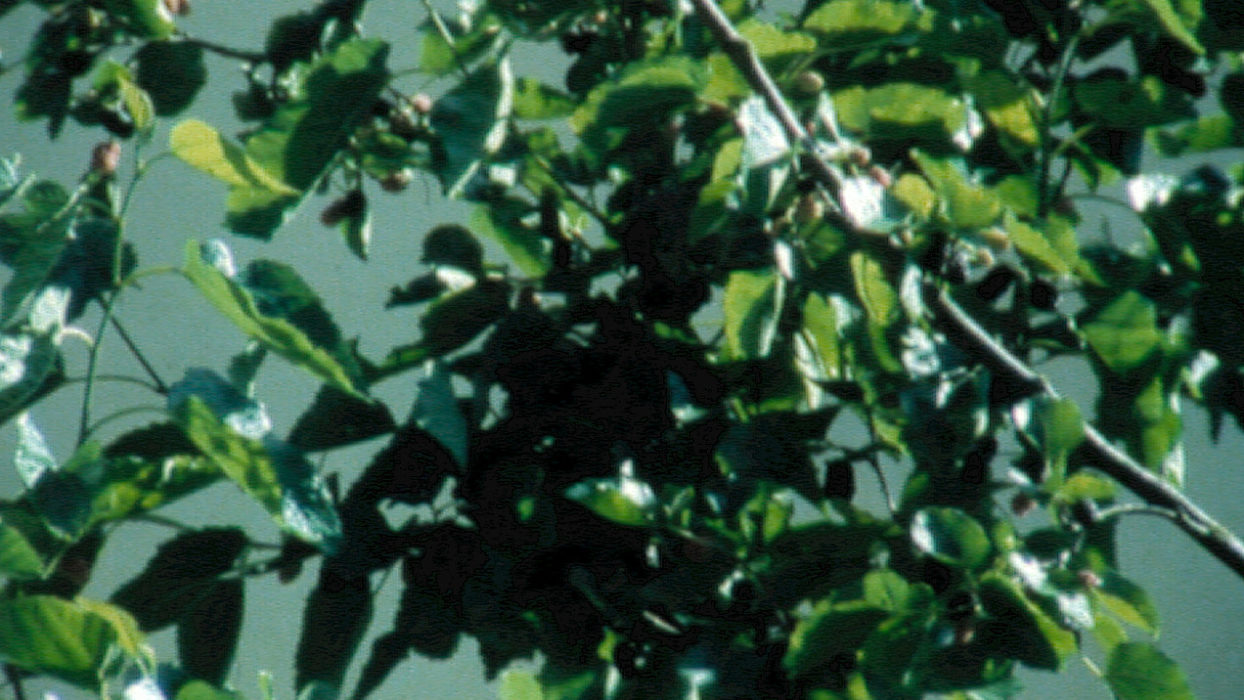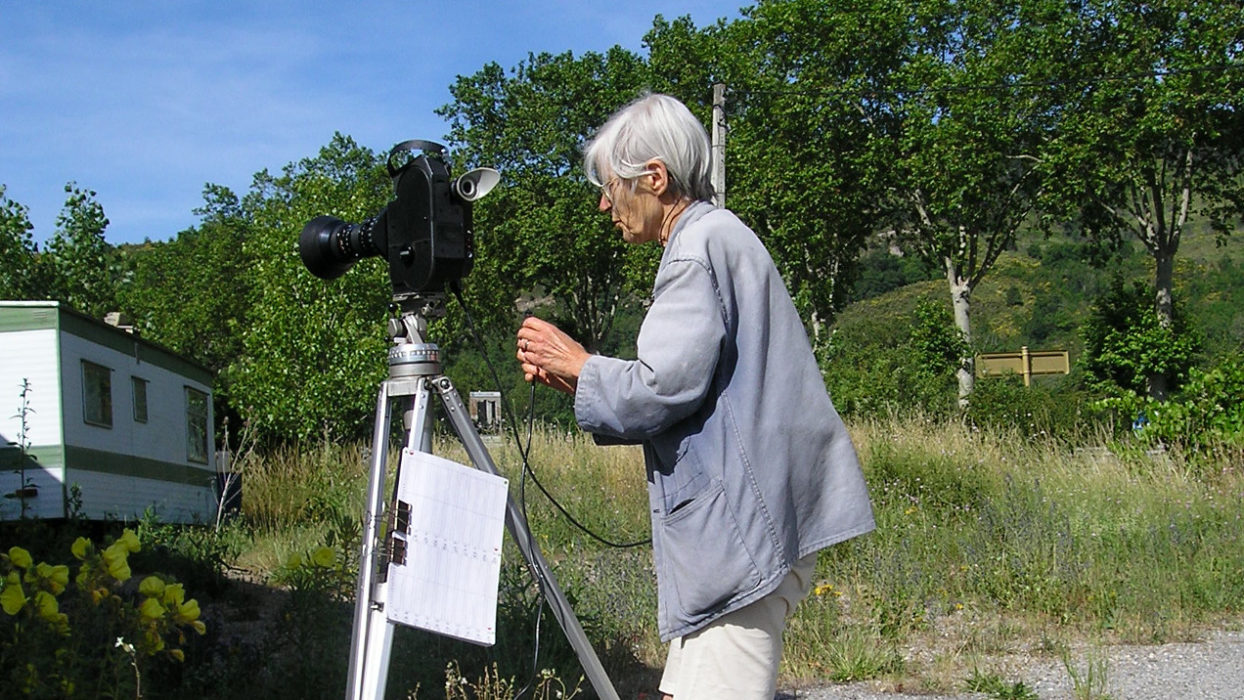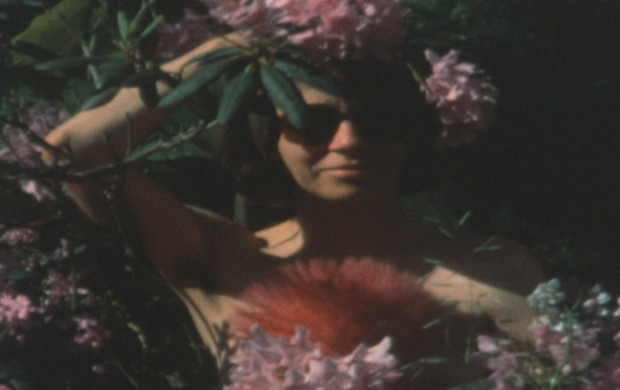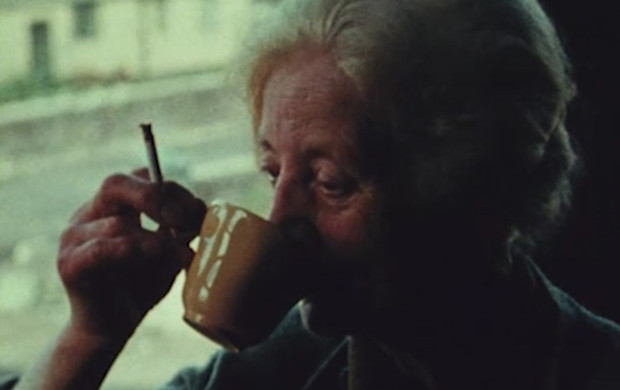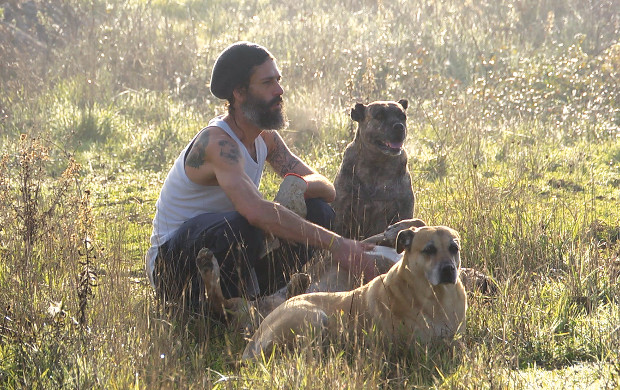Rose Lowder
Retour d’un repère (1979, 19 min)
The form of the film rests on a visual transposition of the structure of a “Pantoum”, a poetic form of Eastern origin that develops its rhythmic elements in a particular way.
Les Tournesols colorés (1983, 3 min)
In the field of sunflowers pieced together as a bouquet, the temporal superimposition and the tightly superposed shifting focal points at the heart of the motif create the effect of an impossible wind. (Nicole Brenez, Débordements.fr)
Bouquets 1-10 (1994-95, 12 min)
Bouquets 21-30 (2001-2005, 14 min)
Each one-minute film is a bouquet of images woven in-camera, blending the plants on site with activities happening at the time of shooting.
Sous le soleil (2011, 3 min)
In the heat of summer, the reflections of solar panels blend with butterflies on flowers and a small bird eating mulberries.
Sources (2012, 5 min)
The gardener is surrounded by the springs of the river Aude, and one of the wellsprings of his recipes – the flowers and spices from his garden.
Rose Lowder conducts anti-illusionary research on optical phenomena and movements….In this economy of vibration, what does colour do? Violent, intense, its brilliance gathers up and absorbs part of the kinetic shimmering: here, it becomes a powerful force for stability, which is totally new in experimental cinema. This dialectisation of optical movement through a chromatic solidity takes both of them to a higher power and establishes Tournesols an evident and profound masterpiece. To extend her research on the strangeness of visual movements, Rose Lowder made another version of her film, titled Les Tournesols colorés (1983, 3’). It consists of the same shot but is colour-graded in red or yellow, over- or under-exposed, in pale or saturated hues: this time colour reinforces the instability, it adds further visual movement but one that conjoins with the other movements rather than acting as their counterpoint. By contrast, the vibrant balance achieved by Les Tournesols appears in a monumental dimension.
Nicole Brenez (Couleur critique, Débordements.fr, 2012)
